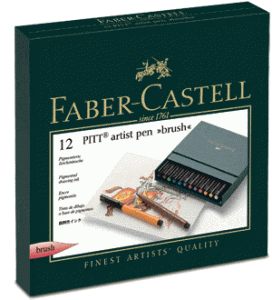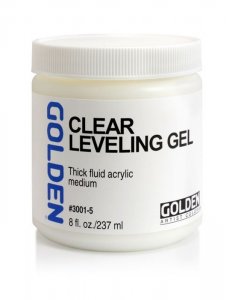Description
"Ultramarine Blue is often regarded as the king of blues and it is clearly the most popular blue in artists paints. It first appeared in Europe at the beginning of the Italian Renaissance, probably brought in as an exotic curiosity by Arab dhows trading in Venice. The colour was at that point sensational and had spread from Persia to India, China, and now Europe. It cost as much as the same weight in gold and only the aristocracy could afford paintings made with it which tended to increase its reputation as something very special. Italian artists knew nothing of its origins apart from the fact that Persians brought it in on boats and so it became known as Ultramarine Blue which literally means ??the blue from overseas??. During this period artists would be forced to use the pigment since its use would be specified in contracts, and many artists would attempt to adulterate the colour or use other tricks such as painting a blue area with the far cheaper azurite and then glazing a thin layer of Ultramarine Blue over the top. This became easy to do once oil paint became established and only ended when Europeans learned how to make the colour and the costs slowly dropped for the pigment. After the development of synthetic Ultramarine Blue in the 1830???s the cost of the colour became almost as low as cheap ochre and the usage of the colour skyrocketed.
The colour descends from the practice of crushing dark blue lapis lazuli gemstones. Lapis lazuli has been mined since antiquity. The oldest working mine in the world is a lapis lazuli mine in Afghanistan which has been continuously mined for around 7,000 years. The stone was used only as a gem in the early millennia. It is possible that people knew how to make the pigment but a similar dark blue was made by the ancient Egyptians in which a dark blue glass was made and then crushed into a powder. This was far cheaper than crushing gemstones so the lapis was not needed. Following the collapse of European and Mediterranean economies in the 5th century it is probably that exports of the Egyptian Blue became unavailable and it is around this time that lapis lazuli pigment is found for the first time in Afghani artworks. The colour made by the simple crushing method was problematic. It was weak, and the pigment made a paint that had poor brushing qualities, plus it was hugely expensive but there was no other dark blue colour available at the time and so it was used for another 600 years in the east.
In the 13th century a new process for making the colour was developed in Persia. After crushing the stone would be treated chemically using lye and other substances. This extracted the blue colouring agent from the matrix of the stone. This produced a far more pure blue which made excellent paint but because of what was then high tech wizardry, it was even more expensive than the crushed gems. This is the colour that soon after found its way to Venice and then to the rest of Europe and also became popular in India and China around the same time. It took more than a century for the secrets of how to extract the Ultramarine from the gems to be discovered by European alchemists and artists, but after that the availability and usage of the colour slowly increased and prices slowly fell a little but remained higher than that of any other colour except for gold leaf.
During the Industrial Revolution the first modern synthetic pigments were developed by chemists. Prussian Blue lead the pack in 1706 and its success lead the French government to offer a substantial cash prize in 1824 for the first to synthesise the pigment. Since a dark blue Ultramarine-like colour had already been described in 1816 as an accidental by product of lime making, chemists essentially reverse engineered the accident, experimented further and by 1826 Jean Baptiste Guimet had made the essential discovery. He wanted to keep his process a secret but did collect the prize and established a factory








